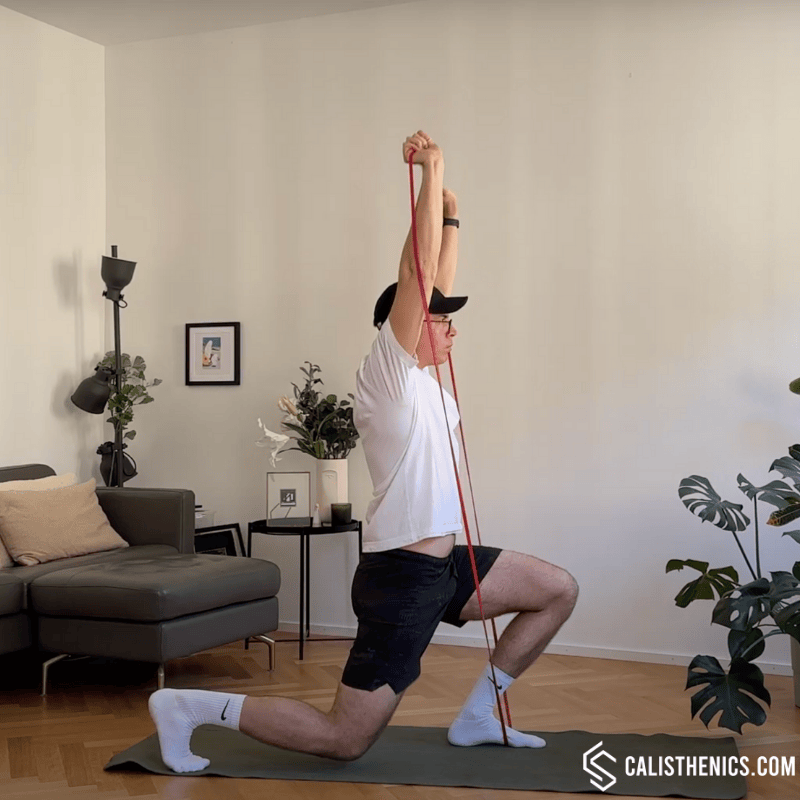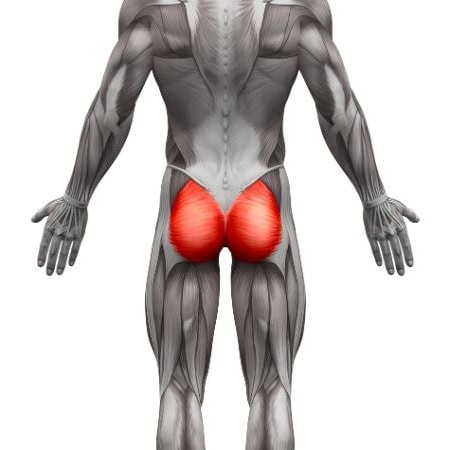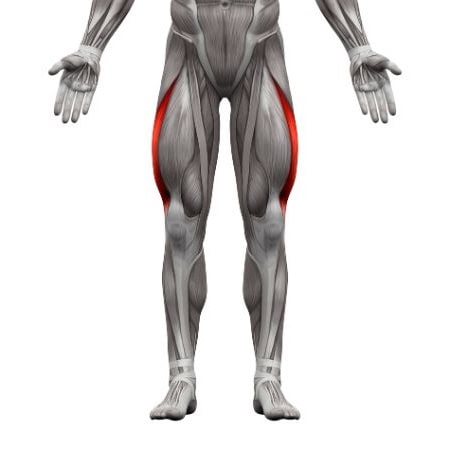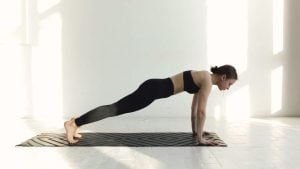When I started using resistance bands, I wasn’t sure they could really stand up to traditional weight training, especially when it came to building muscle and strength. But after a lot of trial and error, I discovered that bands bring some serious advantages—and a few limitations—compared to weights. Here’s what I’ve learned about the pros and cons of resistance bands from my own experience, and how they stack up against lifting weights.
You can also browse in our exercise library for resistance band exercises which we are constantly expanding.
When you are ready to try them I can recommend this cheap set of resistance bands from Amazon. They are great quality, come in 5 different resistance levels and include a door anchor as well. Price is also very reasonable at around $30.
Pros of Resistance Bands Compared to Weight Training
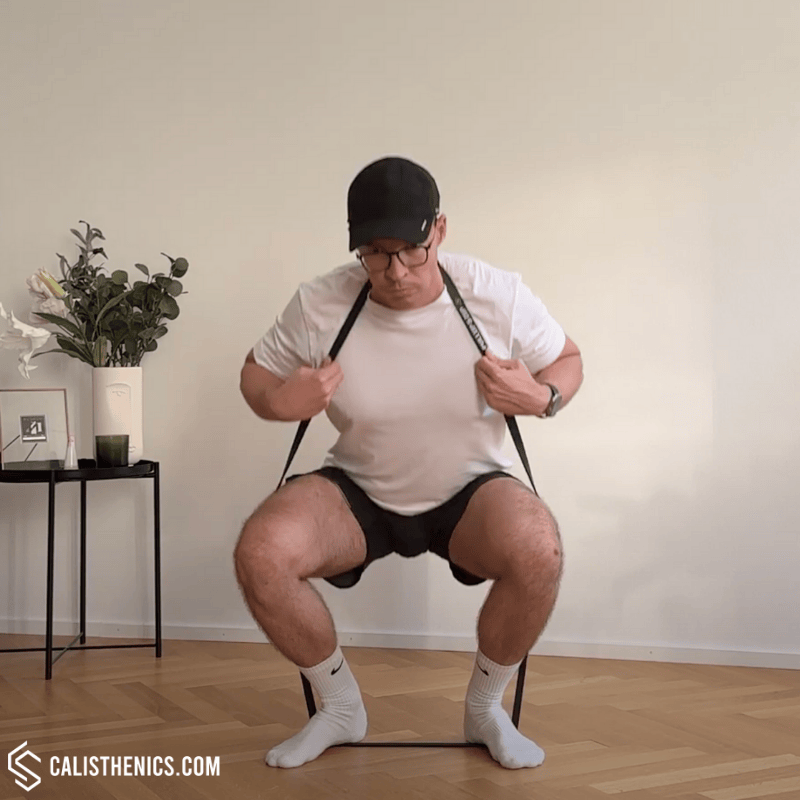
1. Gentler on the Joints
One thing that immediately stood out to me is how much easier bands are on my joints. With weights, I’d often feel a sharp strain on certain exercises, especially at the start or end of a movement. Bands don’t put that same kind of pressure on my joints, mainly because the resistance increases as they stretch. This progressive resistance makes them a solid choice for days when my joints are feeling sore, or if I just want to avoid putting too much wear and tear on my body. Honestly, if you’re someone who feels the impact of weights on your joints, bands offer a nice alternative without compromising on muscle engagement.
2. Constant Tension Keeps Muscles Working
One of the coolest things about bands is the constant tension they provide. Unlike free weights, where there’s often a “dead zone” in certain ranges, bands force your muscles to stay active through the whole motion. For me, that means more engagement, especially for smaller stabilizing muscles that tend to get overlooked. I’ve noticed that exercises like banded chest presses or rows feel a bit more intense, even though I’m not lifting something heavy. My stabilizer muscles get more involved, which translates well to overall strength and control.
3. Effective for Functional Movement Patterns
Bands add resistance without limiting the range of motion, making them a great choice for functional exercises and movement patterns that mimic real-life activities. For example, rotational movements or diagonal pulls are much easier to set up with a band than with weights. I’ve found bands especially helpful for sports-specific training, as they allow you to practice movements with added resistance without compromising fluidity or coordination.
Tips
-
Secure Band Position: Ensure the band is securely under your front foot and held overhead, preventing any slipping or movement.
-
Engage the Core: Keep your core tight to maintain balance and stability, preventing any forward or backward leaning.
-
Focus on Shoulder Stability: Keep your shoulders engaged and stable, preventing the band from pulling your arms forward.
-
Maintain Upright Posture: Keep your chest lifted, and avoid leaning forward, especially as you lower into the lunge.
-
Controlled Movement: Perform the lunge slowly and with control, focusing on both the descent and ascent to fully engage the muscles.
4. Enhances Core Engagement in Almost Every Move
Unlike weights, bands have this unpredictable resistance that forces your core to work harder to stabilize your body. No matter which exercise I’m doing—upper body, lower body, or even a full-body move—my core gets activated because I’m constantly stabilizing against the resistance. With weights, you often isolate muscle groups, but bands turn almost any movement into a mini core workout, which has made a noticeable difference in my core strength and stability over time.
5. Ultimate Portability
I love that I can take bands just about anywhere. I’ve taken them on trips, used them at home, even at the park. Weights, as we know, are not easy to haul around. If you don’t have access to a gym, bands are a lifesaver because they can mimic so many weight exercises in a much more portable package. This accessibility has been huge for me, especially on days I’m not near a gym or want to do some quick resistance training without any setup.
6. Variable Resistance for Power and Strength
What surprised me the most was how bands add this variable resistance as they stretch, making exercises harder at the end of the movement. It’s a different experience from weights, which have a steady resistance throughout. I’ve found this to be especially helpful for explosive movements—there’s this extra push at the end that feels like a power boost, which is actually really effective for building functional strength. I’ve read that this progressive load helps build muscle just like weights do, but in a way that trains the muscles to engage differently, which has definitely added a new layer to my workouts.
7. Supports Lighter Load Eccentric Training
Another underrated aspect of bands is how they allow for controlled eccentric (lowering) phases in exercises. When lifting weights, the eccentric part of the lift (the lowering phase) can put significant strain on joints, especially with heavier loads. With bands, you can emphasize this eccentric control without as much risk, which can be a game-changer for anyone recovering from injury or trying to safely add time under tension for growth.
8. Improves Mind-Muscle Connection
One thing I’ve noticed is that resistance bands make me really focus on the target muscle in each exercise. Since they create tension all the way through the range of motion, there’s no “resting” phase, so I’m constantly aware of the muscle working. This has actually helped me develop a better mind-muscle connection, which is crucial for growth and control. With weights, it’s easy to use momentum or let other muscles take over, but with bands, you’re forced to keep steady tension and control, which can improve your form and activation.
Cons of Resistance Bands Compared to Weight Training

1. Maxing Out Resistance
Now, as much as I like the challenge bands offer, they do have a cap. For really heavy lifts or maximal strength work, there’s just no comparison to weights. If I’m trying to go heavy on squats or deadlifts, bands can’t give me the same overload that weights can. So, for those truly looking to bulk up or build max strength, bands alone may fall short. They work great as an addition to weights, but they just don’t provide that raw, heavy resistance you can get with a barbell.
2. Inconsistent Resistance Curve
This variable resistance I mentioned is a double-edged sword. While it’s great for challenging the muscles in a unique way, it doesn’t offer the steady, predictable load that weights do. When I’m lifting a dumbbell, the resistance feels the same from start to finish, but with bands, the beginning of a movement is much easier than the end. For exercises where I want a stable load throughout, like deadlifts or bench presses, weights give me that consistent resistance I can’t quite replicate with bands.
3. They Wear Out Over Time
Bands aren’t forever. Unlike weights, which pretty much last forever if you take care of them, bands will eventually snap or lose their elasticity, especially if you’re using them a lot. I’ve had a few bands snap on me mid-workout, which can be a shock (and not ideal). So there’s this aspect of constantly checking them for wear, and eventually replacing them, which isn’t something I ever have to worry about with weights.
4. Challenging to Measure Progress
It’s harder to precisely measure progress with bands compared to weights. With weights, you can add a few pounds and know exactly how much more you’re lifting. But with bands, resistance isn’t always consistent—it varies based on how far the band is stretched, which can make tracking progress tricky. For someone who likes precise metrics or gradual increases, this lack of exact load might feel like a limitation.
5. Less Effective for Some Compound Movements
For compound lifts that rely on grounded resistance, like barbell squats or deadlifts, bands can feel awkward or limited. While they can add tension, the setup and feel are different, and they don’t provide the same grounded feedback as weights. For anyone focused on powerlifting or traditional compound lifts, bands are more useful as an accessory, not the main resistance source.
6. Not Ideal for Advanced Lifters
For someone just starting out, bands are perfect, but if you’re trying to make serious strength gains, weights are still king. There’s only so much you can progress with bands before you’re hitting a plateau, simply because they don’t offer the same potential for heavy resistance as weights. For me, bands are a supplement, not a substitute for heavy lifting. They’re great for muscle endurance, functional strength, and mobility, but I need weights to keep challenging myself with true progressive overload.
7. Dependence on Anchor Points
While bands are portable, they’re often limited by the need for anchor points. Many exercises require you to anchor the band on a door, a bar, or another sturdy point, which can restrict your setup options if you don’t have a lot of equipment or a designated workout space. It’s not a deal-breaker, but it can be inconvenient if you’re in a space where secure anchor points are limited.
8. Psychological Limitation in Perceived Intensity
There’s a psychological factor with bands that can make it feel like the workout isn’t as intense, especially if you’re used to lifting weights. I’ll admit, when I first switched to bands, they didn’t feel as “serious” or intense as weights, even though they were challenging. For some people, that lack of physical weight can affect motivation or perceived effort, which is something to consider if you’re someone who loves the feel of lifting heavy.
Conclusion
Overall, I’ve come to see resistance bands as an essential part of my training toolkit, but not a complete replacement for weights. They’re incredible for keeping my joints happy, working stabilizers, and adding variety to bodyweight and calisthenics exercises. Bands are perfect for when I need a portable and joint-friendly option that still gives me a good workout, but when it comes to raw strength and serious gains, weights are still my go-to. If you’re someone who wants to get the best of both worlds, adding bands to a weightlifting routine can bring a ton of benefits without replacing the power of weights.


